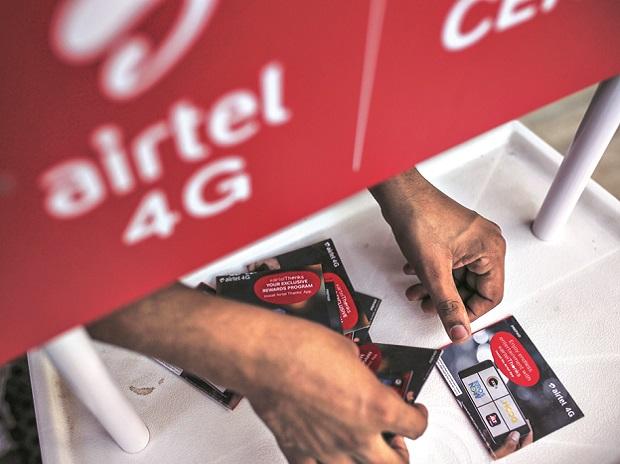 Delhi- July, 2013 – A small software developer from London, Ontario., is taking on a risky and audacious new project: laptops that run on sunlight.
Delhi- July, 2013 – A small software developer from London, Ontario., is taking on a risky and audacious new project: laptops that run on sunlight.
WeWi Telecommunications Inc., a 15-person company, unveiled this week a solar-powered laptop designed to bypass the electricity grid. The project is aimed primarily at markets in Africa, where access to electricity can often be unreliable.
WeWi’s founders came up with the idea in early 2012, after visiting Ghana on business.
“We saw a need there,” said David Snir, chief executive officer of WeWi. “The electricity infrastructure was very bad. We thought something needs to be done.”
Over the next 14 months, Mr. Snir and WeWi’s engineers designed the laptop, called Sol, which runs on a four-panel solar-charging device built into the computer’s case. It takes approximately two hours to charge the laptop’s battery, which then lasts for about eight to 10 hours. The laptop can run off the solar panels directly when exposed to sunlight, bypassing the battery.
Mr. Snir said the first order of roughly 20,000 units, manufactured overseas, is expected to arrive in the next couple of months. He expects the laptops to sell for $250 to $300. Initially, the laptops will be sold to customers in Ghana, where WeWi already does business, selling software to manage wireless networks.
With Sol, WeWi’s founders hope to capitalize on a variation of a trend that has played out across Africa and several other parts of the developing world in the past two decades. In some African countries, including Ghana, the land-line infrastructure is relatively poor. As a result, many Africans opted for cellphones instead. WeWi hopes Sol succeeds in Ghana and other African markets because of the appeal of a device that can bypass the country’s sometimes unreliable electricity grid.
But the project is still a risky one. The sale of solar-powered laptops and projects aimed at offering laptops to underprivileged groups have been tried before, with mixed success. In 2010 and 2011, Samsung released a solar-powered laptop, first in Kenya and then several other markets, including the United States. These types of devices have had limited appeal, in large part because they tend to take a long time to charge, and can be fairly cumbersome.
The engineers at WeWi hope they have addressed these issues with Sol. Although the computer feels slightly heavier than most newer laptops, it is not difficult to carry, and can fit in most backpacks. The device itself is built to be sturdy, with rubber lining on the sides and a thick outer shell. The solar panels are housed inside a case on the back of the screen lid, and are not noticeable when folded up.
The first Sol laptops are designed to be as economical as possible, both to keep the price down and to make solar charging possible. The devices will come with a 250-gigabyte hard drive and four gigabytes of memory, as well as a suite of free office and accounting software. In time, the company hopes to build a second version of the laptop for African markets with satellite connectivity. There are also plans to build a more powerful, more expensive unit for sale in the West, where WeWi hopes to sell Sol to everyone from military purchasers to adventure travellers.
But for now, WeWi is focused primarily on getting the first solar-powered laptops to the market in Ghana, where the company hopes the computers will spur a wave of innovation.
“It’s a whole market that needs to grow,” said Roland Carson, WeWi’s business development adviser. “So far, they’ve been consumers of Western technology, whereas we want to give them the power to create their own, so they can create something self-sustaining.”






